If compared, the French artillery at Dien Bien Phu at that time was far superior to our artillery in terms of quantity, regularity and combat level. However, the French artillery in the Dien Bien Phu basin was miserably defeated by the young Vietnamese artillery force.
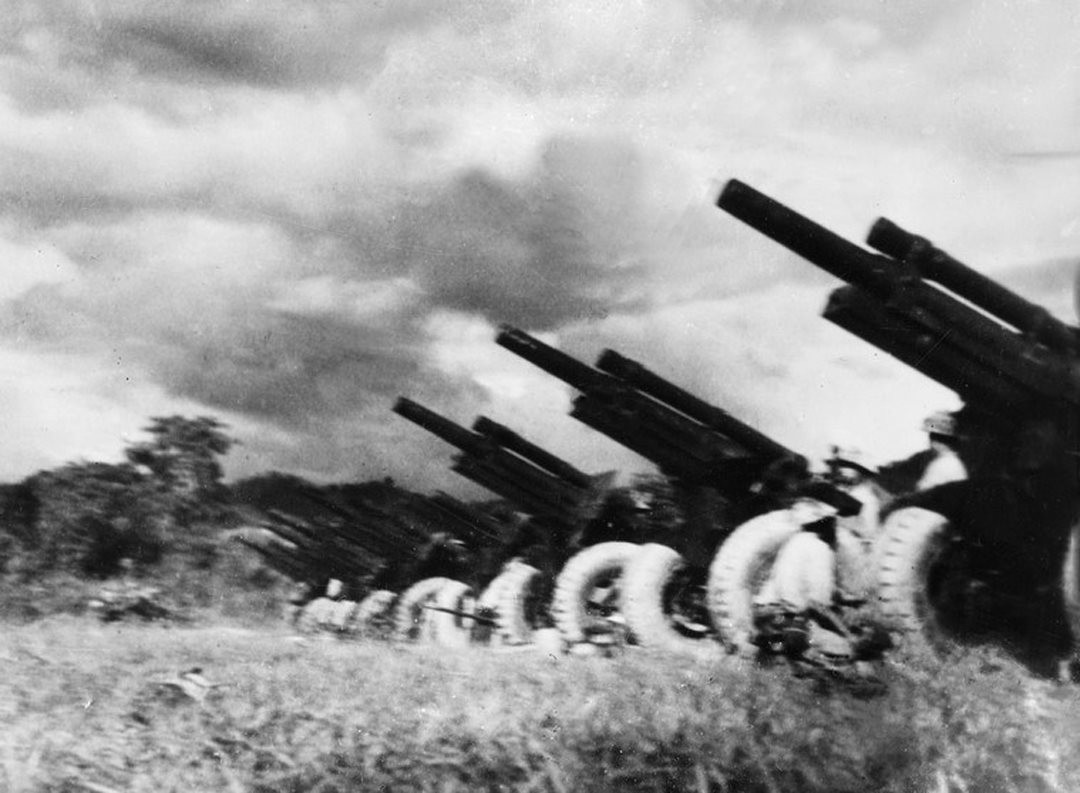
An artillery position during the Dien Bien Phu Campaign. Photo: Archive
Pull the cannon in, pull the cannon out
At the end of December 1953, Regiment 45 (now Brigade 45, Artillery Command) received orders to join the Dien Bien Phu Campaign. Leaving Tuyen Quang , after more than half a month of marching, all of the unit's artillery vehicles reached the assembly point in the Tuan Giao area, Dien Bien.
The artillery towing to the Dien Bien Phu front began on the night of January 16, 1954. The first artillery piece of Company 802 (Regiment 45) entered the artillery towing test track. This newly opened track went through the mountains, over many high, steep passes, and some sections went into the undulating slopes of Pha Song peak, 1,450m high. Many sections were winding along the edge of the abyss. Each artillery piece had to be pulled by 80 to 100 people, but they could only move one step at a time. After a long night of patience and perseverance, they could only advance 300m. After that, the brothers came up with the idea of making a winch at the top of the slope to pull the artillery to reduce manpower. Meanwhile, we had to camouflage the artillery towing track to hide from enemy reconnaissance aircraft.
It can be said that every inch of land on this road is soaked with the sweat and blood of our officers and soldiers. One of the examples is comrade Nguyen Van Chuc, a soldier of Company 806 of Regiment 45, who bravely used his body to block a broken artillery piece, which was in danger of falling down the cliff while pulling the artillery piece over the pass with his comrades. He heroically sacrificed himself but the artillery piece was still intact. It was early morning on January 25, 1954.
On the night of January 25, all of our artillery was brought into position. After that, the Front Command decided to “fight firmly, advance firmly”. Due to a change in plan, the troops pulled the artillery out again.
Pulling the artillery in was difficult, but pulling it out was even more difficult. The enemy had discovered our activities, so their planes and artillery bombarded the artillery route day and night. After 6 days and nights of crossing deep streams and high passes under enemy bombs and bullets, on February 2, 1954, the artillery, engineer, and infantry soldiers completed their mission.
Pour fire down on the enemy
On March 6, 1954, our artillery began to occupy the positions in the North of Doc Lap Hill, Na Loi area, Ta Leng, Bac Phu, Hong Meo. Once again, our comrades worked day and night to level hills, dig mountains, cut bamboo and wood, and build roads to build the positions. The intelligence and reconnaissance soldiers crept from one hill to another, lying in the dew and on the ground to measure and build observation posts, preparing as fully and as best as possible for the total victory of the campaign. On March 9, 1954, all preparations were completed, ready to wait for orders to rain fire down on the French army.
At the Dien Bien Phu stronghold, the Artillery Commander, Deputy Commander of the Dien Bien Phu stronghold Piroth once declared: “Here it means iron and steel. To fight against the land of steel, you must have iron and steel… The enemy only has a few dozen heavy cannons, how can they fight…”. And Colonel De Castries boasted: “If the enemy attacks, I will wear my red cap so that from above they can see the target more clearly and shoot more accurately”…
The Dien Bien Phu campaign began at 4:06 p.m. on March 13, 1954. During the opening 4 days (the first attack), Company 806, commanded by Captain Tran Kinh, had the honor of opening fire, firing heavily at the Him Lam base, signaling the attack on the Dien Bien Phu base complex. The soldiers of Company 806 hit enemy bunkers, command bunkers, information centers, etc., causing the enemy to be extremely surprised, panicked, and flee in disarray. The infantry soldiers, seeing our artillery hit enemy bases for the first time, jumped up, cheered, and clapped their hands. At 4:10 p.m. the same day, the entire unit opened fire on the central area, Muong Thanh and Hong Cum airports. The enemy bases were engulfed in smoke and fire. Right from the first battle, the infantry and artillery coordinated closely and by the night of March 13, the entire Him Lam base was destroyed. We captured 256 African soldiers, 144 puppet soldiers, and seized all weapons and equipment. The enemy artillery positions in Muong Thanh were paralyzed, 5 planes were destroyed, and many fuel depots were set on fire...
After a disastrous defeat by Vietnamese artillery on the opening day of the Dien Bien Phu Campaign, artillery officer Pi-Rot, Commander of Artillery and Deputy Commander of the Dien Bien Phu stronghold, had to commit suicide because he could not "shut the mouth of Vietnamese Artillery" as he often boasted.
At the end of the first attack, our Artillery initially carried out the instructions of General - Commander-in-Chief Vo Nguyen Giap: "Make the enemy fear the Vietnamese Artillery". With that achievement, the unit was honored to receive a letter of praise from Uncle Ho and the title "The All-Winning Regiment".
Colonel Ngo Van Binh
Former officer of the Department of Military Science ( Ministry of National Defense )
Source








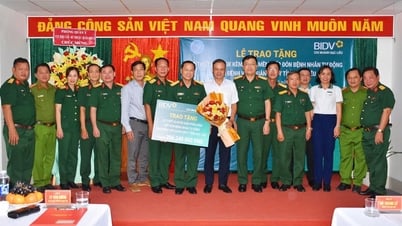
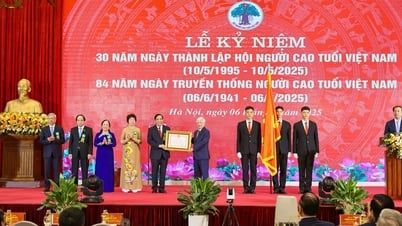

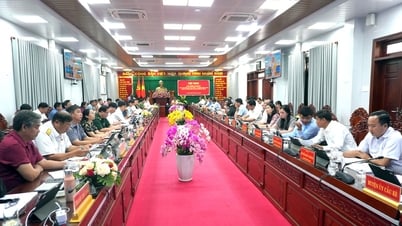












![[Photo] General Secretary To Lam receives Korean Ambassador to Vietnam](https://vphoto.vietnam.vn/thumb/1200x675/vietnam/resource/IMAGE/2025/6/6/a0765b7543784cbcbfe4755b67d43ab4)


![[Photo] President Luong Cuong works with Hung Yen and Thai Binh Provincial Party Committees on implementing Resolution of the 11th Central Conference, 13th tenure](https://vphoto.vietnam.vn/thumb/1200x675/vietnam/resource/IMAGE/2025/6/6/127b735d2761484d81dcee0d7725a25b)

























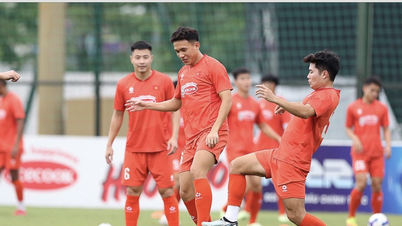
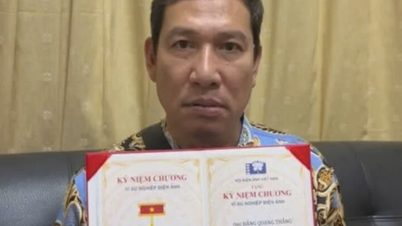

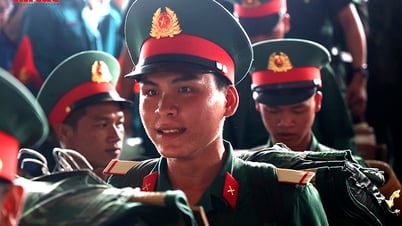


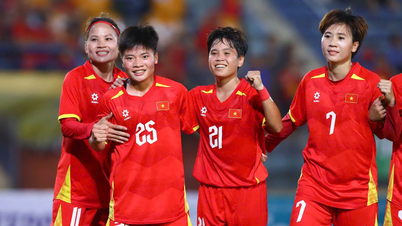


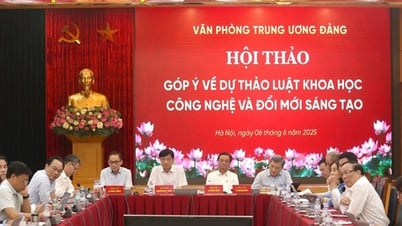




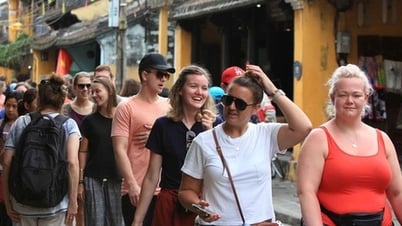



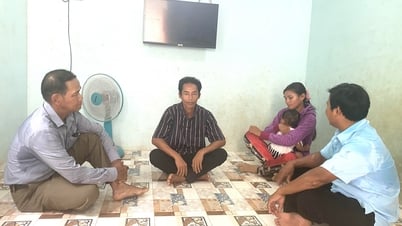




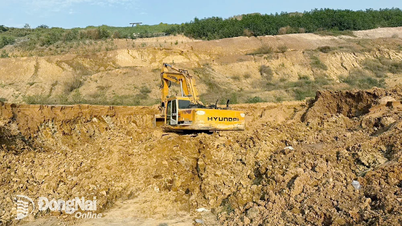

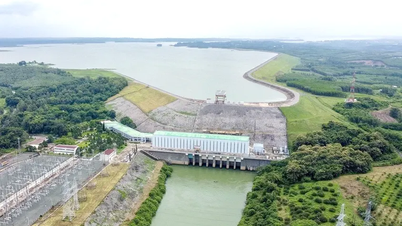
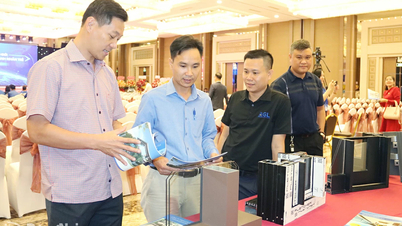




![[OCOP REVIEW] Tu Duyen Syrup - The essence of herbs from the mountains and forests of Nhu Thanh](https://vphoto.vietnam.vn/thumb/402x226/vietnam/resource/IMAGE/2025/6/5/58ca32fce4ec44039e444fbfae7e75ec)





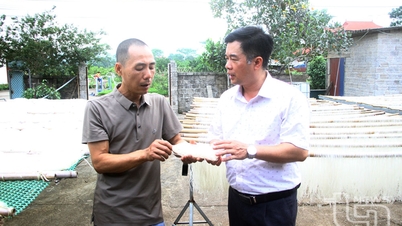

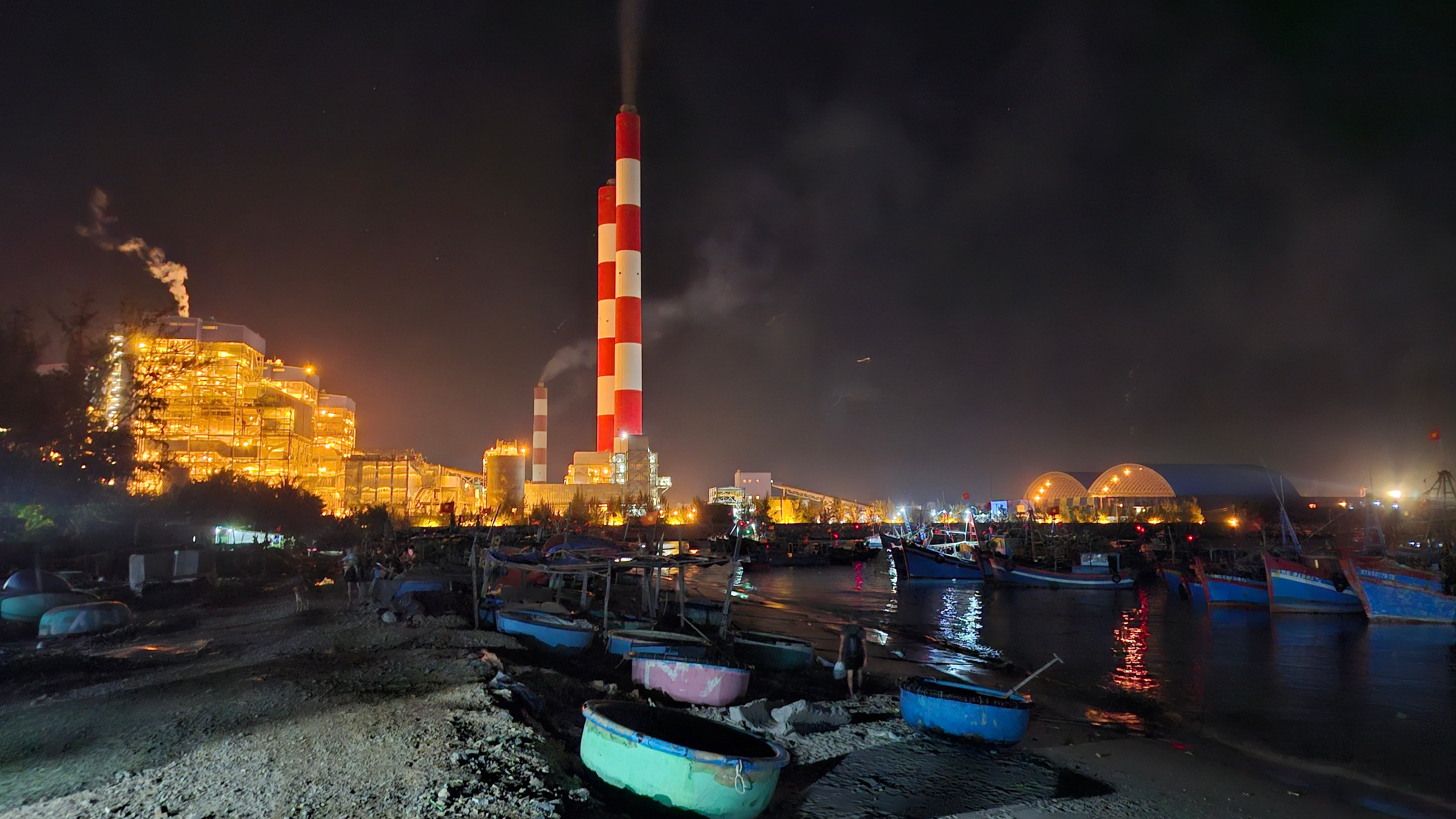
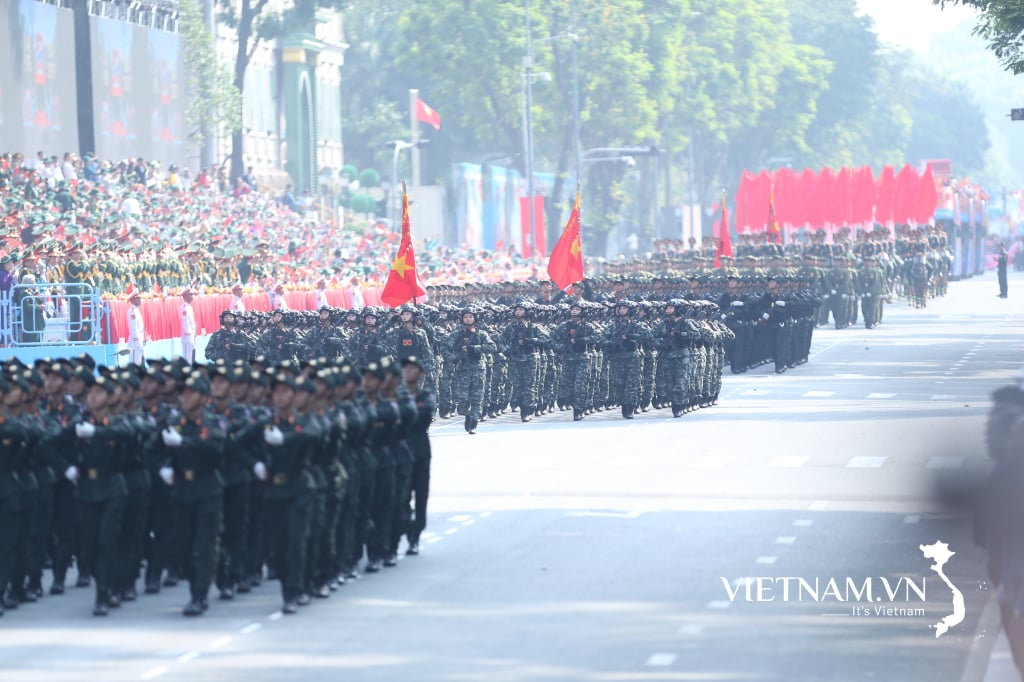
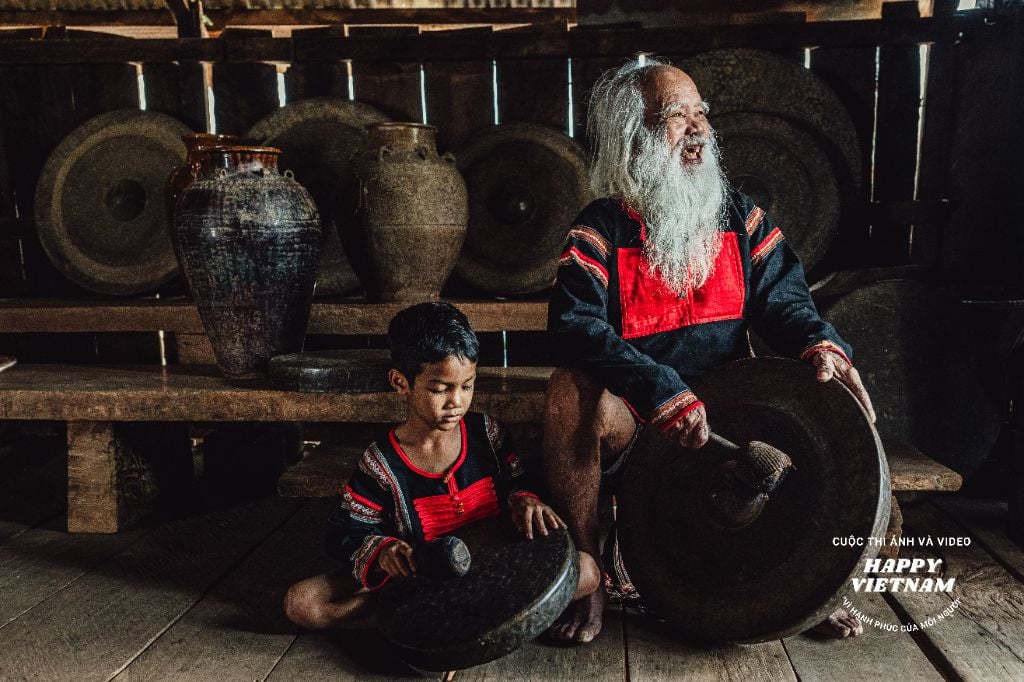

Comment (0)